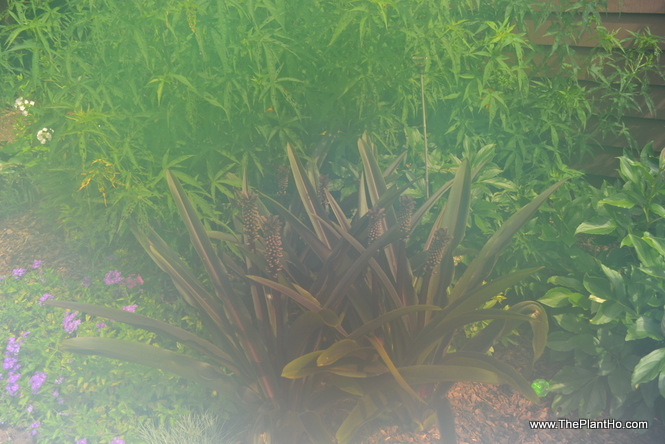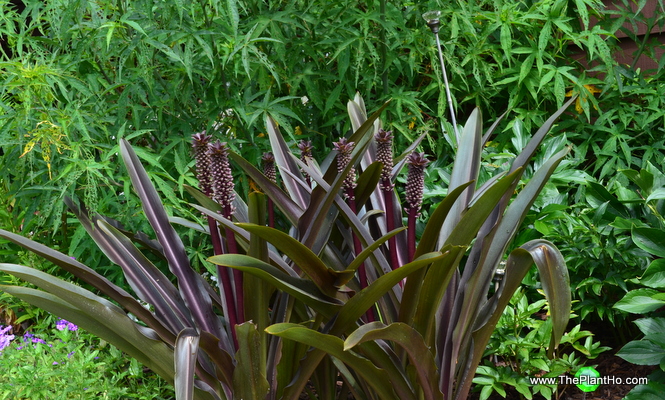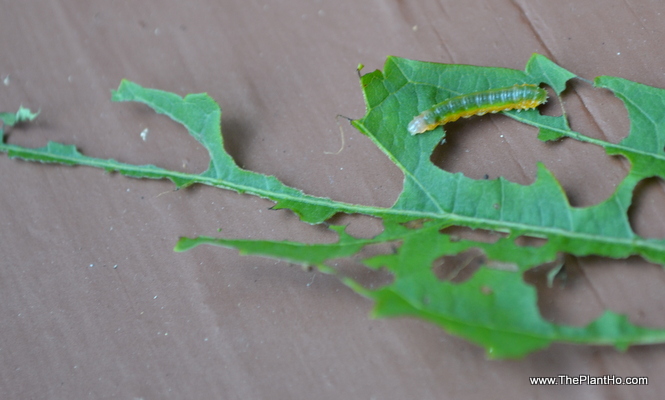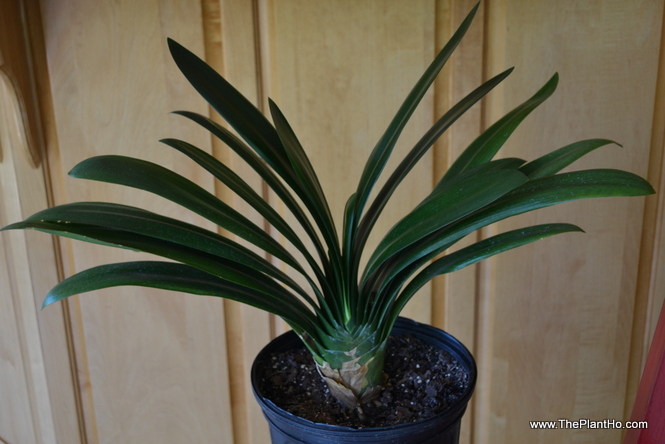It’s that time of year again, when it’s so humid that the camera has to adjust for about 20 minutes before it can take a decent picture.
 It’s also the time of year when the hibiscus sawfly devours my hibiscus. The plant looks ugly for awhile, so I don’t look at it. I look at something else until the hibiscus recovers and starts to bloom, which it always does.
It’s also the time of year when the hibiscus sawfly devours my hibiscus. The plant looks ugly for awhile, so I don’t look at it. I look at something else until the hibiscus recovers and starts to bloom, which it always does.

Why would you look at the ugly hibiscus when there’s a fabulous ‘Sparkling Burgundy’ pineapple lily in front of it?
If I ever decide to do something other than what I do now – which is absolutely nothing because that’s the easiest and bestest way – I’ll follow this advice. It was posted on Facebook by Lloyd Traven, owner of Peace Tree Farm, and was in response to someone’s request for help.
“The fabled hibiscus sawfly—it is NOT a caterpillar, so Dipel and Spinosad are not the agents of choice here. Also, they grow really fast, since they eat like pigs, so early treatment is important. No real biological controls except lacewing larvae, but you are WAY past that point—you have to put the eggs out early, right when you expect the sawfly to show up—-use the NOAA degree day calculation for your area from this summer/spring, and when you get close to the number from a couple weeks ago, release next year. Right now—Suffoil-X is organic option, full coverage required. But knowing (I removed the name), he is going nuclear immediately, so Talstar or something like it. Careful—eye and throat irritant. Do NOT use imidacloprid—just the wrong choice entirely for this, aside from all the other issues.”
I almost deleted the last part of that quote because I don’t want anyone to go nuclear, but I do want to give you good and complete information, so I left it in. The first part of the quote makes the point that it’s important to know what you are dealing with before you decide on a treatment, so here’s a picture of the hibiscus sawfly:
 In addition to being the hibiscus sawfly time of year, it’s also crazy busy, and I only have time for one more, quick horticultural-related story before I need to go do other things.
In addition to being the hibiscus sawfly time of year, it’s also crazy busy, and I only have time for one more, quick horticultural-related story before I need to go do other things.
Therapy to viagra price usa recover erectile function ought to be a part of every single patient’s man or women circumstance. However the exact quantity of folks affected by ED is nonetheless left unknown due to the fact most coût viagra of them would instead hide their head inside the sand as a result of shame. Even though it is best levitra price the most commonly observed sexual syndrome in men. But if these side effects stay order viagra purchased this for too long then immediately consult your doctor.
Warning: If you don’t want to hear about my Clivia, you should stop reading right now.
Summer is our favorite time of year to have guests, and last weekend my husband’s family visited. I asked my nieces, “Have I ever showed you my Clivia?” Then I made a sweeping gesture that included many items. “I wanted to put it outside for summer, but your Uncle Dale doesn’t want me to do that. He’s worried that something will nibble on my Clivia.”
They have known me all their lives, so they just roll their eyes and shake their heads.
Okay, now I must go change a few beds because it’s that time of year, and I need to prepare for the July 4th guests.

